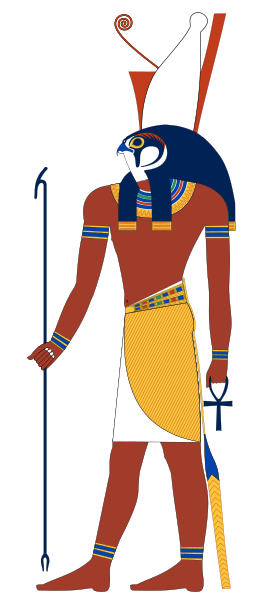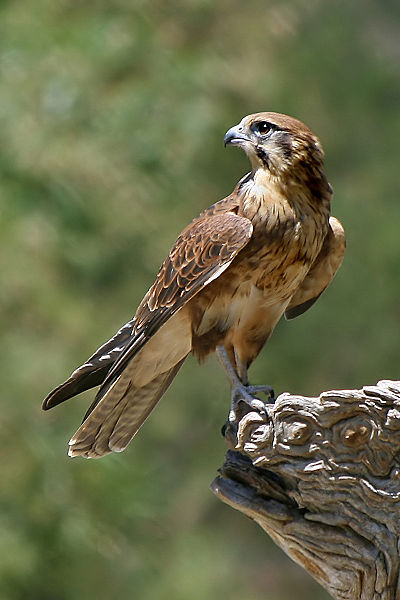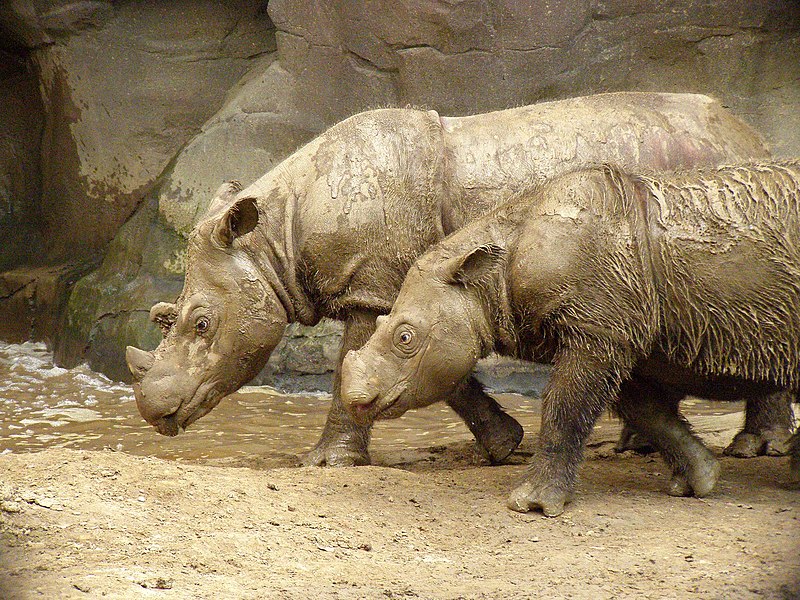"With Lieutenant Peason (subsequently a casualty) and two Gurkhas as a patrol, we approached the ruin of the machine. The first of many horrors to assail my senses was the stench, like rancid milk or a great mildew, that arose from the translucent fluid that coated the wreckage. Drawing nearer, we perceived that it flowed from the shattered carapace, and must have filled its interior. Clambering over the splayed and ruined machine, we gazed into the interior. There lay a creature which God Himself could scarcely have created more deliberately to inspire my revulsion. My first impression was of a hairless ape, with fish-white skin, and great bulging forearms. The crash had ruined its rear quarters. Two small, almost vestigial legs thrashed in the blood-tainted fluid of its nest. A tail or stinger of prodigious size, more like a third much larger leg than an extension of the torso, lay pinned in the metal. The monster turned at my approach. It possessed no discernible head, though a face of sorts nested between its lumpen shoulders and underbelly. An asymmetrical cluster of ebony eyes glared at me, and its needled proboscis snapped feebly at my outstretched hand. Appalled, I emptied several rounds from my revolver into it. At that point, a rumbling of the earth heralded the approach of the enemy, and I hastened away.
"By day's end, New London had fallen, and Peason and my Gurkhas had all been burned to ash. Thus I believe I am the only Earthman to have witnessed our enemy's mortal flesh and to have lived to report it."
--- Major Edward Oswald-Smith, reporting on the destruction of New London, October 3rd 1914.
 |
| A fluke. Wikipedia. |
The Ancients
The Ancients are a cruel and highly advanced species. They brought other intelligent races to Mars as slaves and build magnificent cities, before their Civil War laid waste to Mars' surface. Even in their decline, they remain terrifyingly powerful, ruling mysterious closed cities, and sallying forth periodically to ravage, rage and cull any Humans or Brutes who have the temerity to live free.
Biologically, the Ancients are amphibious creatures, who require a fluid medium to moisturize their skin in order to breathe. They are quadrupeds, with two large arms, and two small legs. They lack a head, and have their sense organs and mouth on the underside of their torso. Martians are hermaphrodites, and each adult individual possesses a large ovipositor. This resembles and outsize tail or stinger. The Ancients exude sperm from sacs under their arms, which are absorbed by nearby Ancients via skin contact. They then use their ovipositor to implant fertilized eggs into a food source, where they gestate as thousands of parasites and eventually devour the host. Any large animal will serve for this purpose, but the cruel ancients prefer to implant their young into an intelligent creature, so that they may contemplate its suffering. The emerging Larval Ancients devour each other, until only a few individuals remain, to be raised in a crèche.
Unlike the Brutes or the Humans, who clearly share biological traits with other species found on Mars, the Ancients seem unrelated to other Martian fauna. Only the Martian worm, a loathsome parasite found in stagnant rivers or pools, bears any resemblance to an adult Ancient. Indeed, Mars entirely lacks the large swamps that would seem to be the Ancients' favored environment. This leads free human savants to speculate that the Ancients originated on another planet altogether.
Ancients spend most of their lives in artificial vehicles and structures. Their sprawling palaces contain low pools and gentle waterfalls (plus plenty of meat/prey). When they venture outside, they contain themselves in walkers or saucers, the core of which is a sealed fluid capsule.
Factions
The Ancients' society is founded on cruelty, shaped by an epiphany they term the Awakening. In the Awakening, the Ancients of old collectively realized the purposelessness of life. An intelligent being could measure its worth only by the imposition of its will upon the universe, and (especially) upon other creatures. The Awakening led directly to the Civil War, in which the Awakened Ancients turned upon those Ancients who disagreed, and ultimately each other in an orgy of violence, as each Ancient attempted to assert the superiority of its will.
Only a handful of Ancients survived the Civil War, and most organized their surviving cities into a hierarchy of domination and cruelty. These Dominators constitute the majority faction of the Ancients. The ranking Ancient Dominator rules lesser ones, who acquiesce in exchange for the opportunity to periodically dominate other creatures in their turn. A subordinate Ancient may endure years of slavery and domination, awaiting with desire a promised month, or week, or hour of license. Thus, in addition to the cruel whims of the ruling Ancient, lesser Ancients and the slave races of the city have also to endure the predations of subordinate Ancients exercising their periodic rights to equipment and authority. By the conventions of the Ancients, subordinate Ancients, loosed onto such expeditions of violence, need not honor any conventions or pacts their masters may have made with the free cities or nomads in their domains. Thus, Ancient war-machines and armies sally into the wastes, looking for settlements to devastate, or even flora and fauna to destroy. The Ancients ongoing predations explain why Mars has never recovered, ecologically, technologically, or economically, from the Civil War.
The majority of Ancients, following the teachings of the Awakening, are secularists and nihilists. However, a few Ancients have observed the seemingly impossible feats of the nomadic shamans and human priests. These Ancients recognize the existence of Martian spirits, but they do not venerate them. In typical Ancient fashion, they seek to dominate, destroy and impose their will upon the spirits, and, in so doing, to partake of their power. They call themselves the God-Eaters, and their veneration of the ways of the Worm, give them terrible mystical power.
A very few Ancients reject the teachings of the Awakening. Known as the Restorers, these Ancients desire to overthrow the Dominators, rebuild their ancient Empire, recover their technological mastery, and enslave again all the races of Mars. These Ancients value cooperation among themselves, and wage a running guerilla war against the more powerful Dominators. Though less capricious, the Restorers can be just as cruel towards the other races of Mars, whose independence they view as an affront, and to whom they ascribe values only as tools.















